
New Research Reveals That Microplastics Can Sneak Into Vegetables in Unexpected Ways
Introduction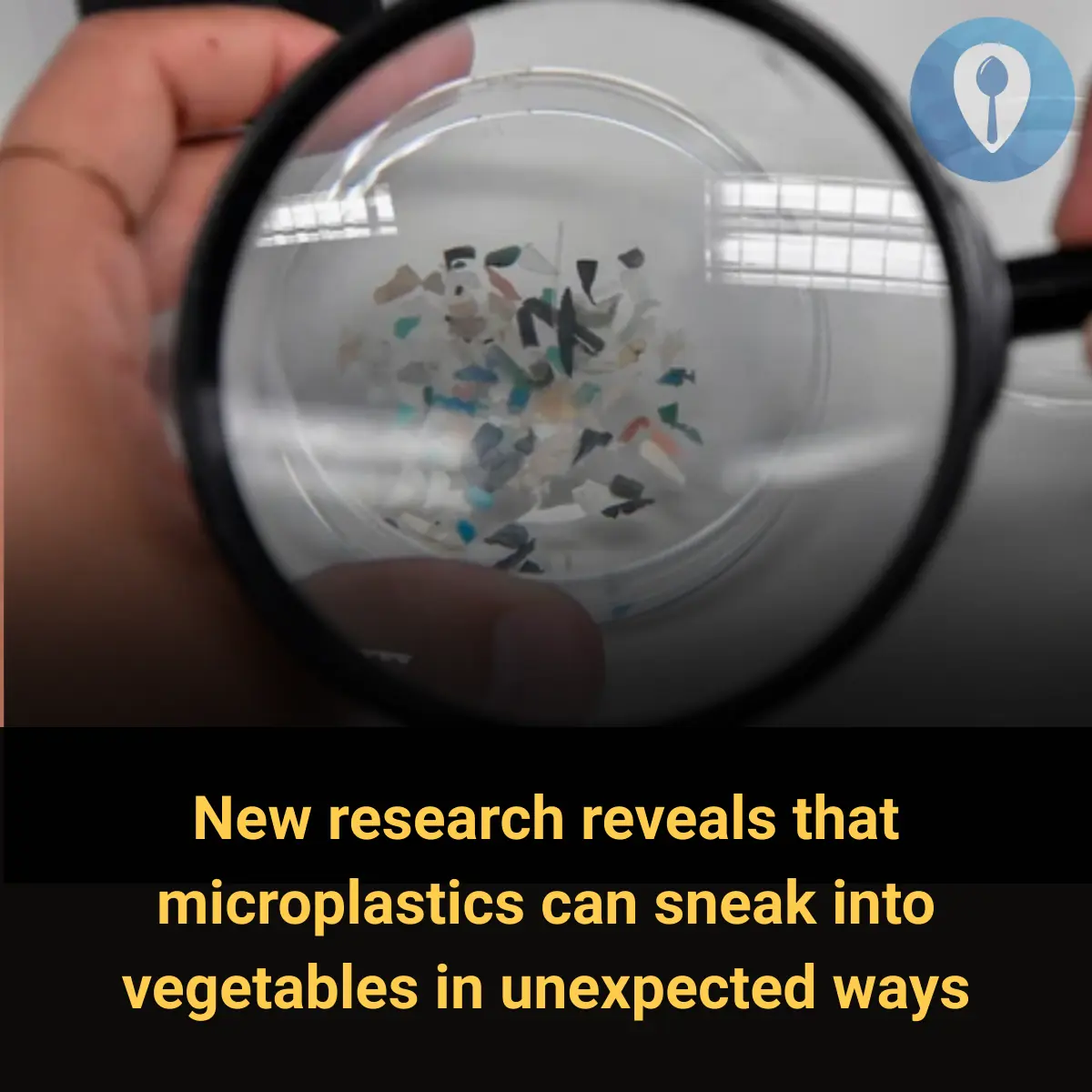
Microplastics, once thought to be primarily a threat in oceans and seafood, are now raising alarm in agriculture. A groundbreaking new study shows that these tiny plastic particles can enter vegetables in ways scientists hadn’t previously imagined.
How Microplastics Enter Plants
Researchers discovered that microplastics in soil and irrigation water can be absorbed by plant roots. Through microscopic openings, these particles travel up through the plant’s vascular system — the same system that transports water and nutrients — eventually reaching edible parts like leaves, stems, and fruits.
Health Concerns for Consumers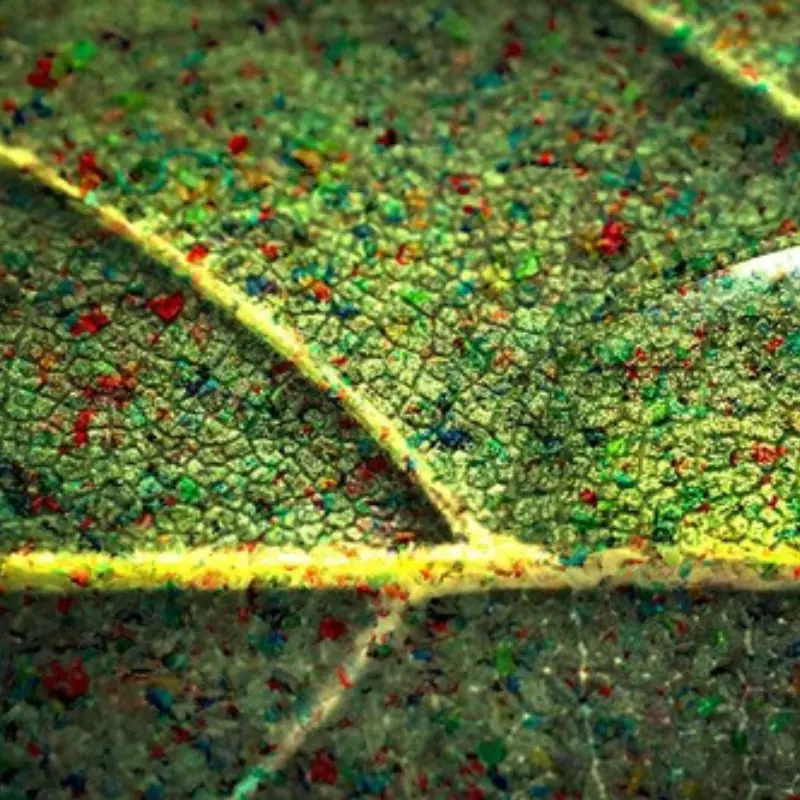
This finding is particularly concerning because it suggests that even vegetables considered fresh and healthy might carry hidden plastic particles. While the health effects of consuming microplastics are still being studied, early evidence links them to inflammation, hormonal disruption, and potential long-term harm.
Why This Matters
Until now, most public awareness around microplastics has focused on seafood, bottled water, and household dust. This study expands the scope of concern to everyday produce — including crops grown in home gardens, farms, and greenhouses.
What Can Be Done
Experts recommend taking action at multiple levels:
-
Reduce plastic pollution: Limiting plastic use and improving waste management can decrease the amount of microplastics in soil and water.
-
Monitor agricultural practices: Farmers can test water sources and consider using filtration systems.
-
More research needed: Scientists emphasize the need for further studies to understand how widespread this problem is and how it affects human health over time.
News in the same category


Don't be too close to them
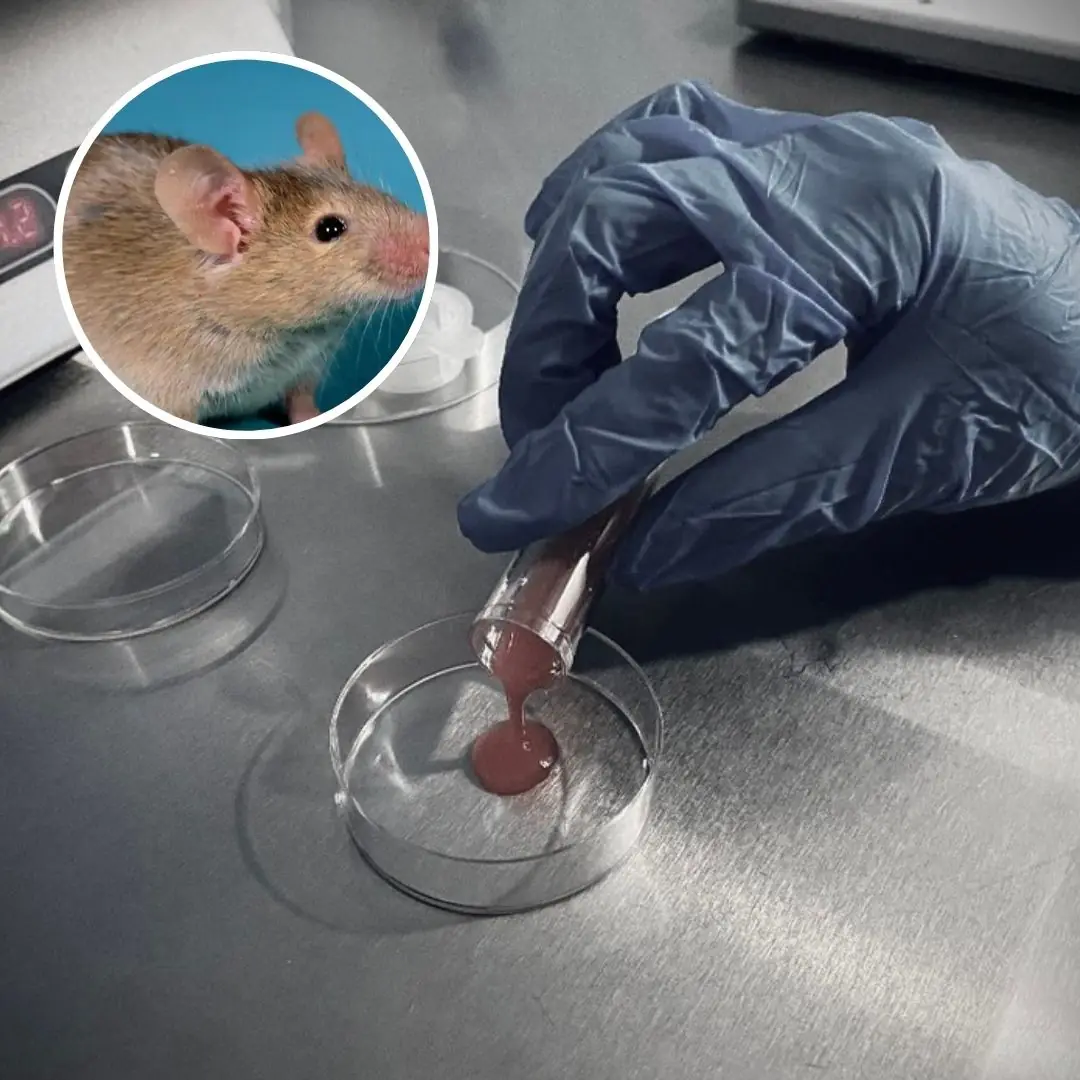
Breakthrough as eggs made from male mice cells
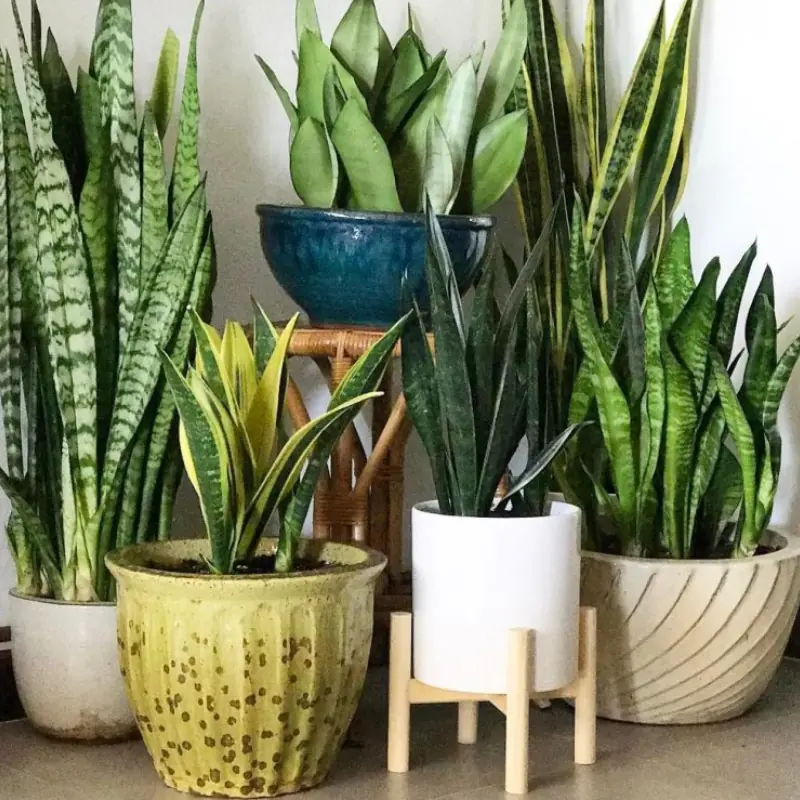
Age is taboo for snake plant
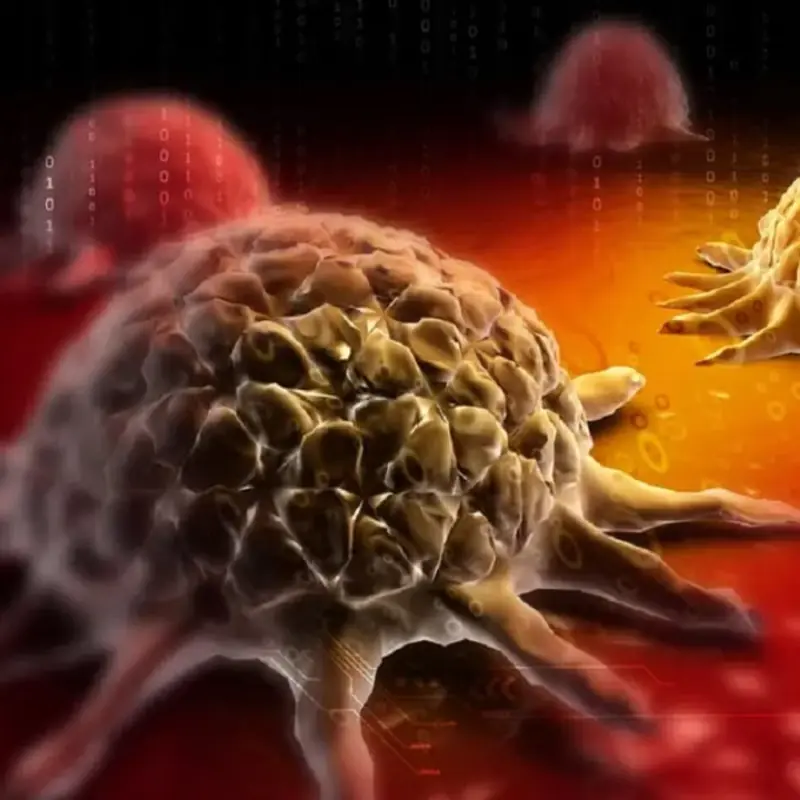
Diagnosed with Late-Stage Cancer After Visiting Ancestors' Grave During Qingming Festival, Man Silently “Thanks His Ancestors”
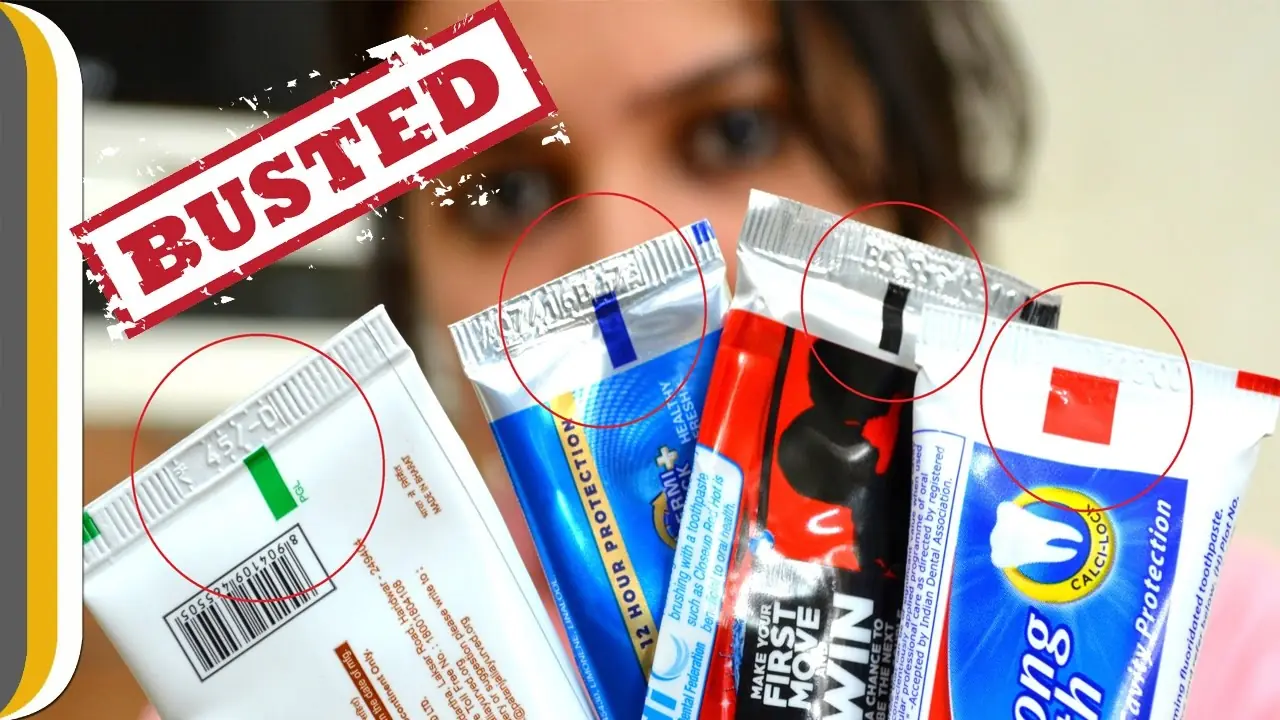
Have You Ever Wondered About the Color Strip on Toothpaste Tubes? Turns Out, the World Got It All Wrong

Tips are very necessary for those who often fly

Why did people in Europe often stick nails in candles in the 18th to early 19th century?

Don't eat even one bi.te

You should pay attention to this when traveling

All sm.art people do that

Why Do Hotels Always Provide Two Pillows Per Person? Turns Out, They're Not Being Excessive — We’ve Just Been Using Them Wrong

Here’s What Happens When You Use Vaseline as a Moisturizer

One Twin Is Vegetarian, the Other Eats Meat — Who’s Healthier? A Study Reveals a Surprising Result
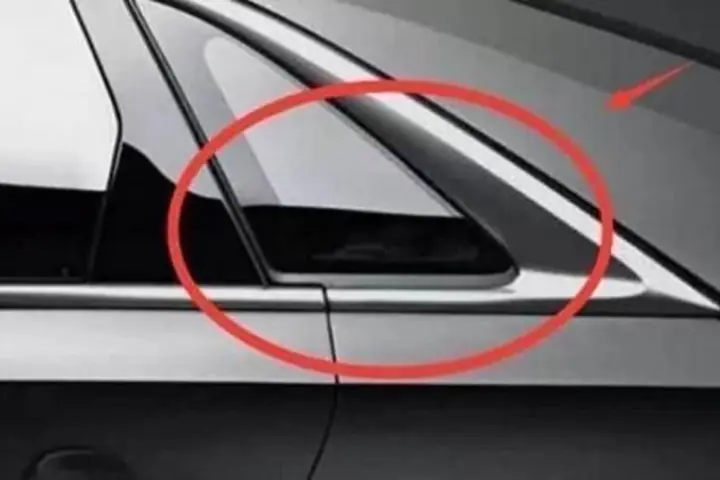
Has anyone ever wondered about this?
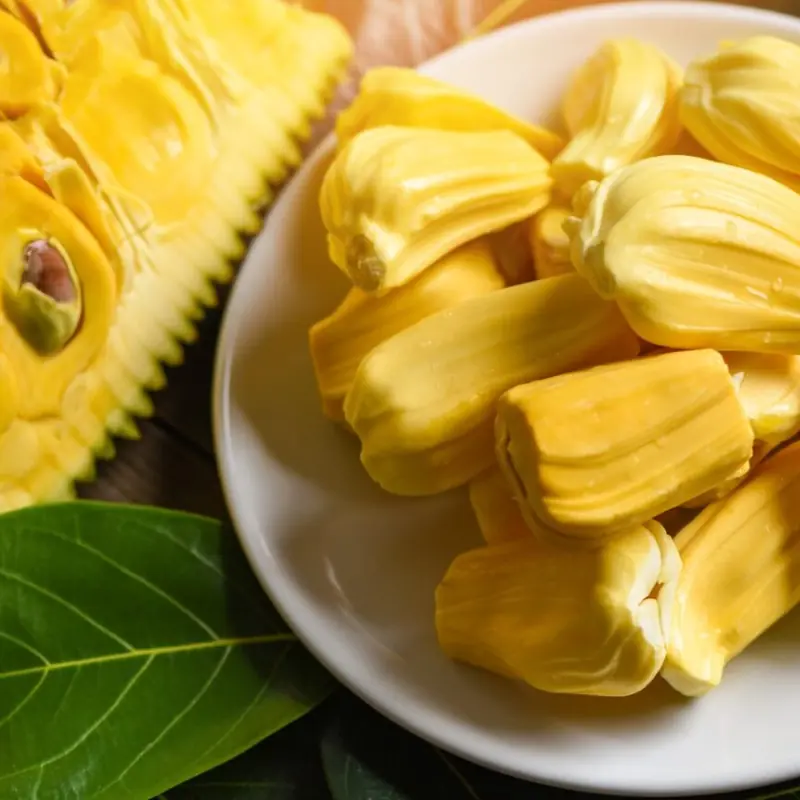
These 5 people should absolutely a.void eating jackfruit
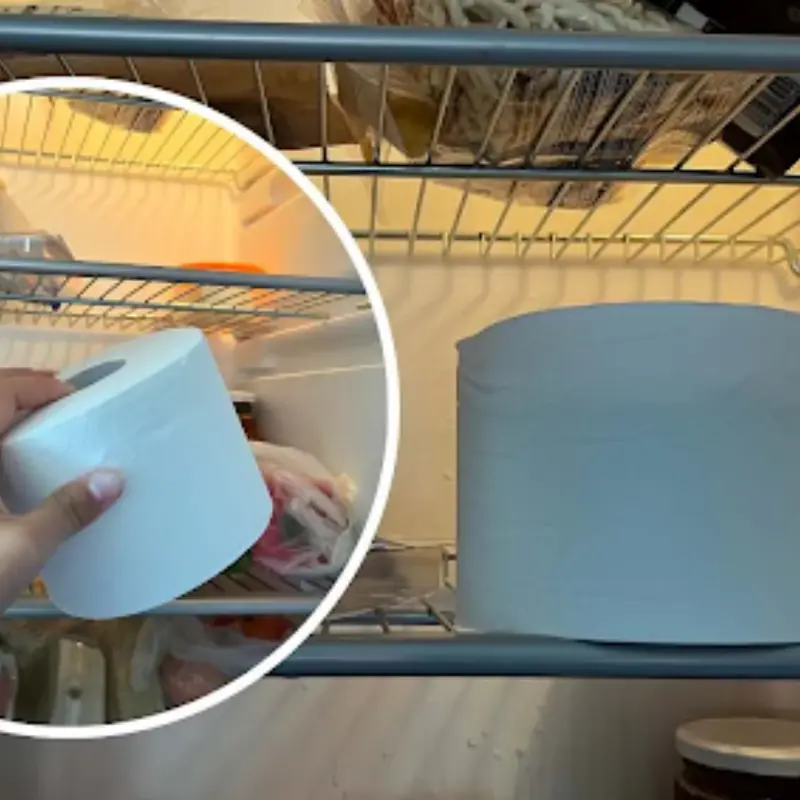
My wife keeps toilet paper rolls in the fridge
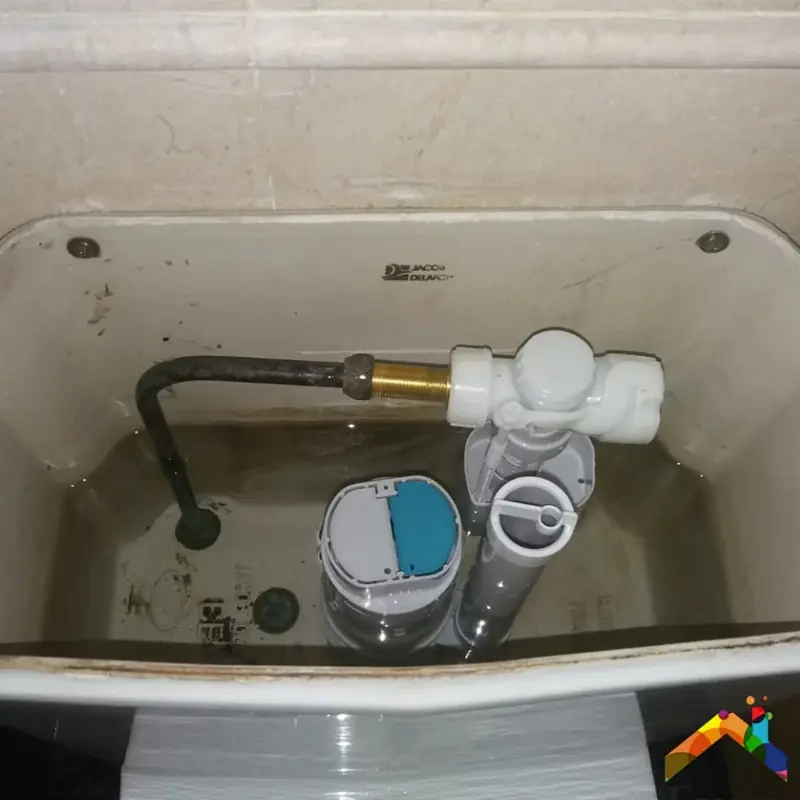
Toilet flushing weak and no suction?

Seemingly Harmless Charging Habits That Are Shortening Your Phone's Battery Life – Stop Now
News Post

Look at the thickness of your lips, predict your rich or poor fate: Which type are you?
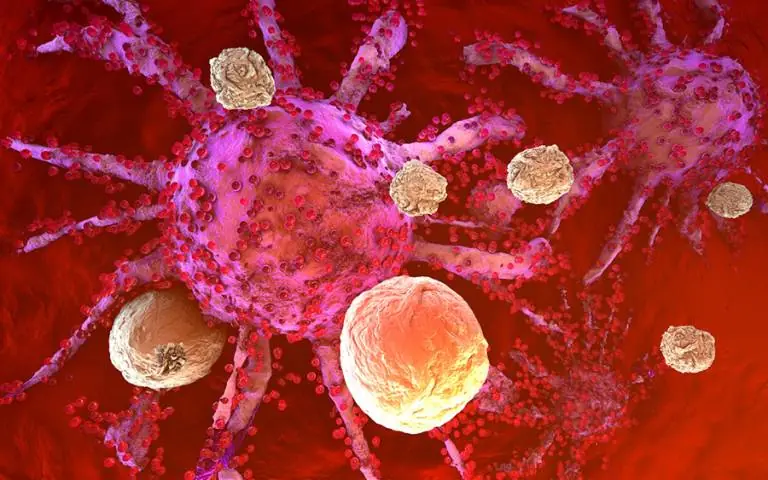
Can.cer Cells Fear These 4 Foods! Eat Them Daily to Keep Can.cer at Bay
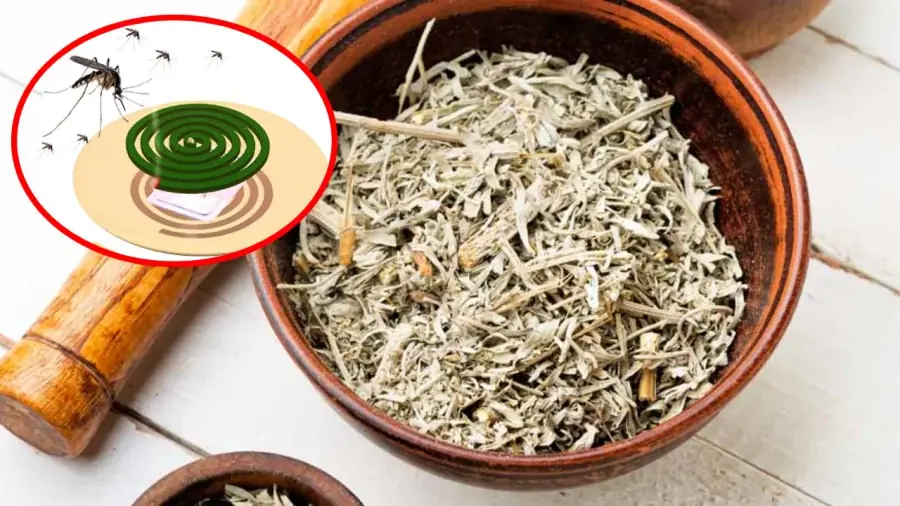
No Need for Mosquito Coils—Use This Common Household Item to Repel Mosquitoes: Cheap, Safe, and Effective

Looking at sleeping position to predict hu.man personality
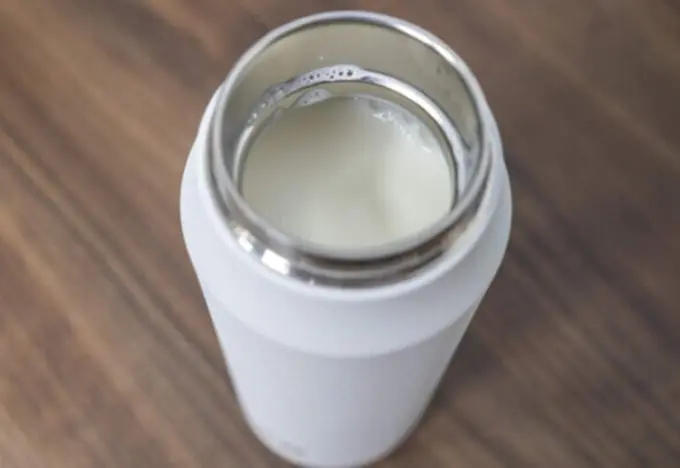
Common Mistake When Using Thermal Bottles: Many Unknowingly Risk Their Health
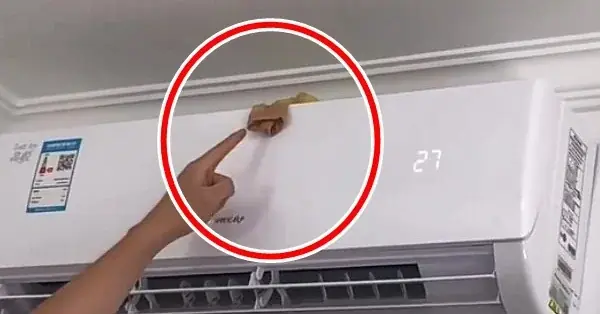
Place a Sock on Your Air Conditioner: A Simple Trick That Can Save Your Family $20 a Month

My Aunt Lied About Being Sick and Homeless to Steal My Grandma’s House..

Don't be too close to them
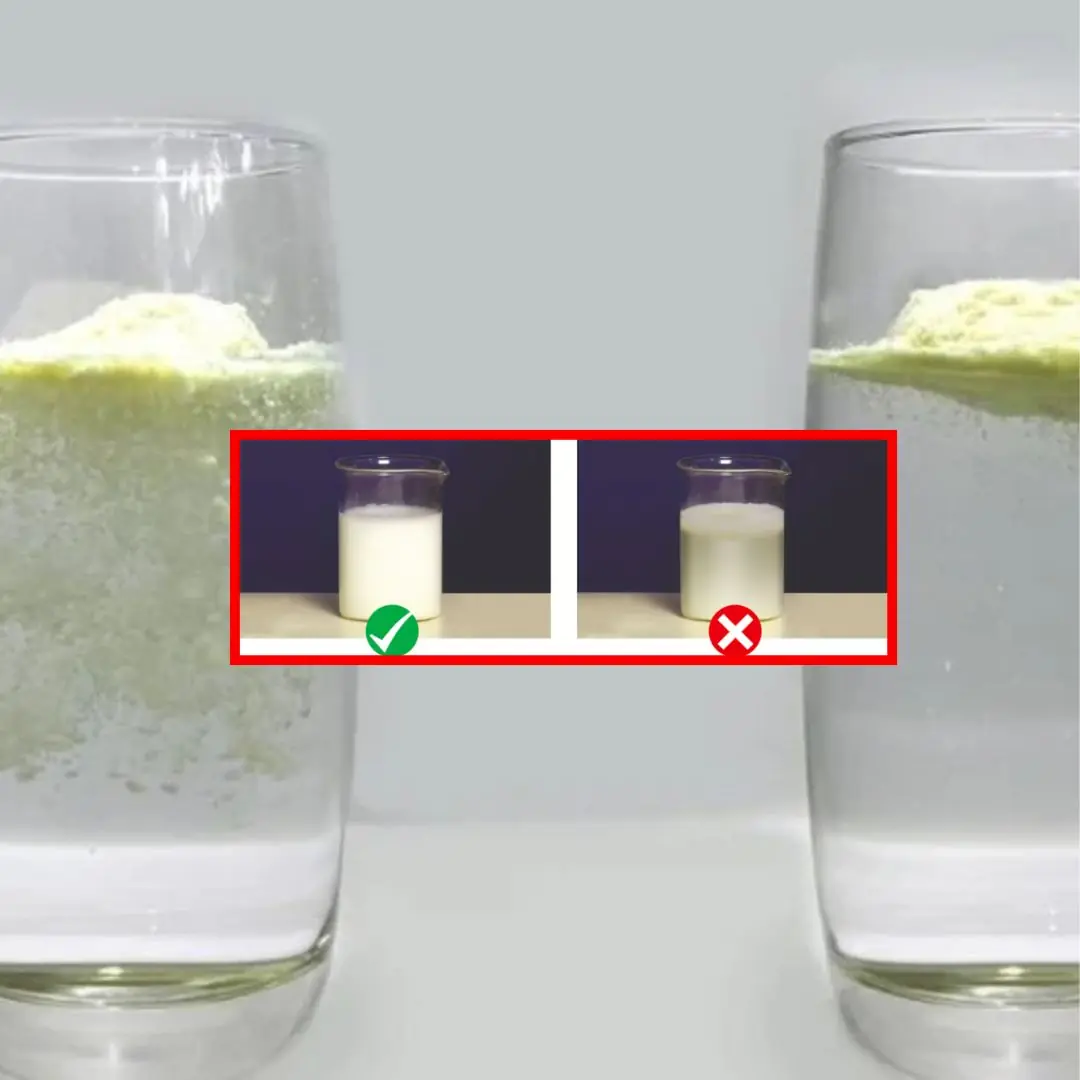
5 ways to distinguish fake milk from real milk: Tips to identify and protect your health
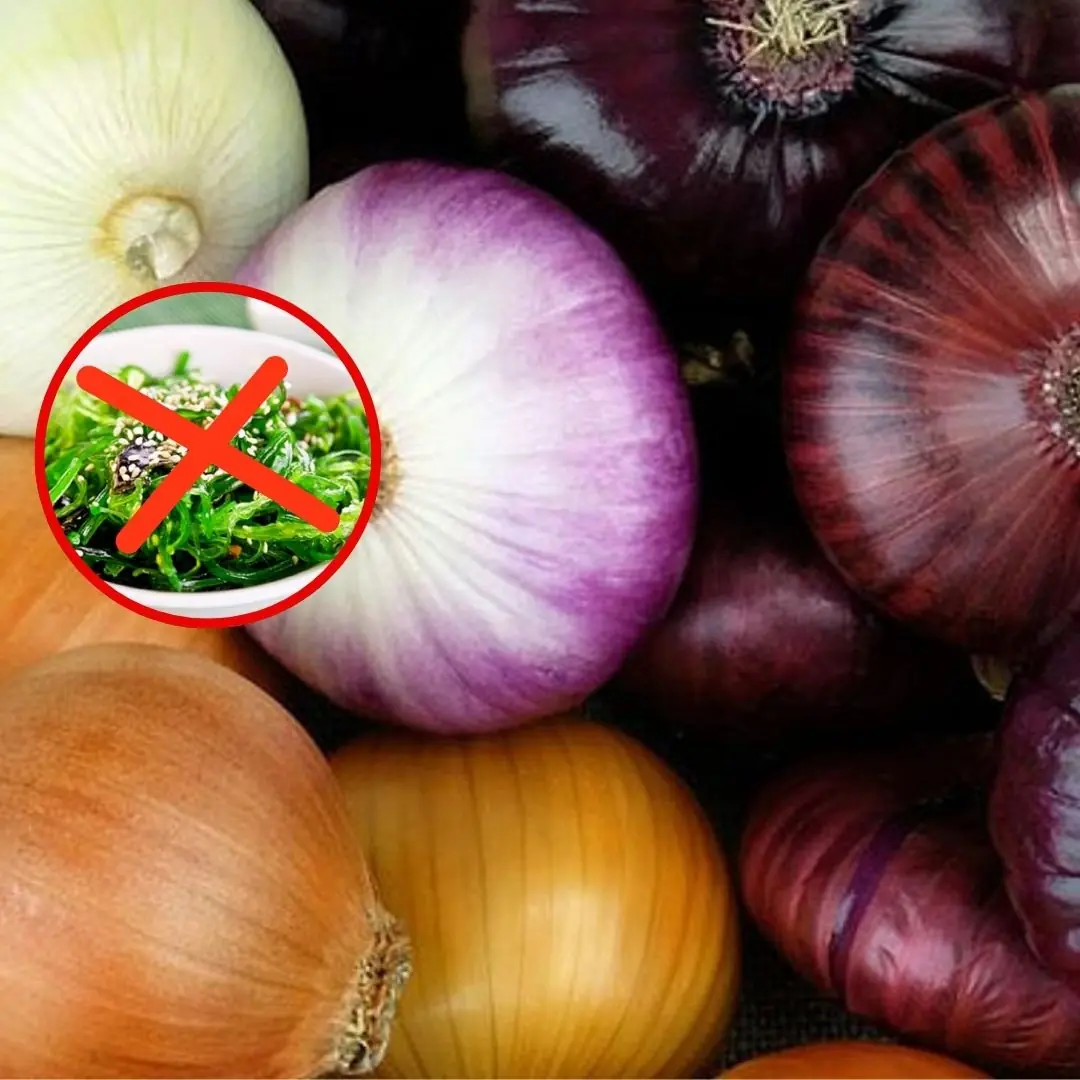
Warning: Combining this food with onions can cause poisoning, even leading to bli.ndness

Breakthrough as eggs made from male mice cells
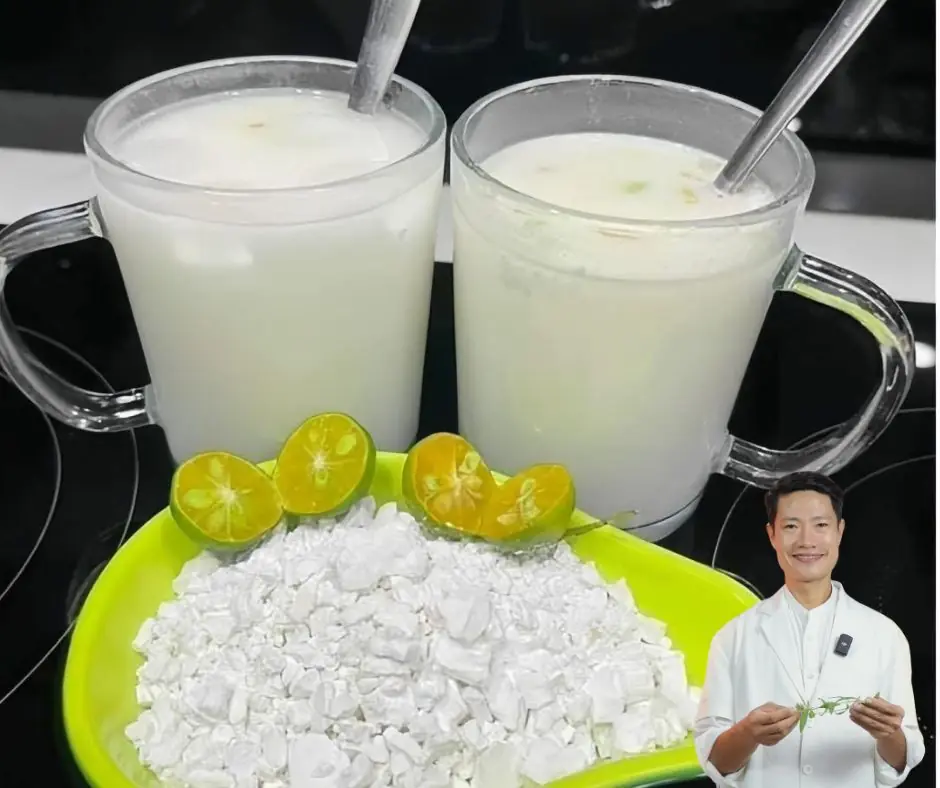
The real uses of "WHITE GOLD"! Especially the uses that women love - BEAUTIFUL FIGURE, SLIM WAIST
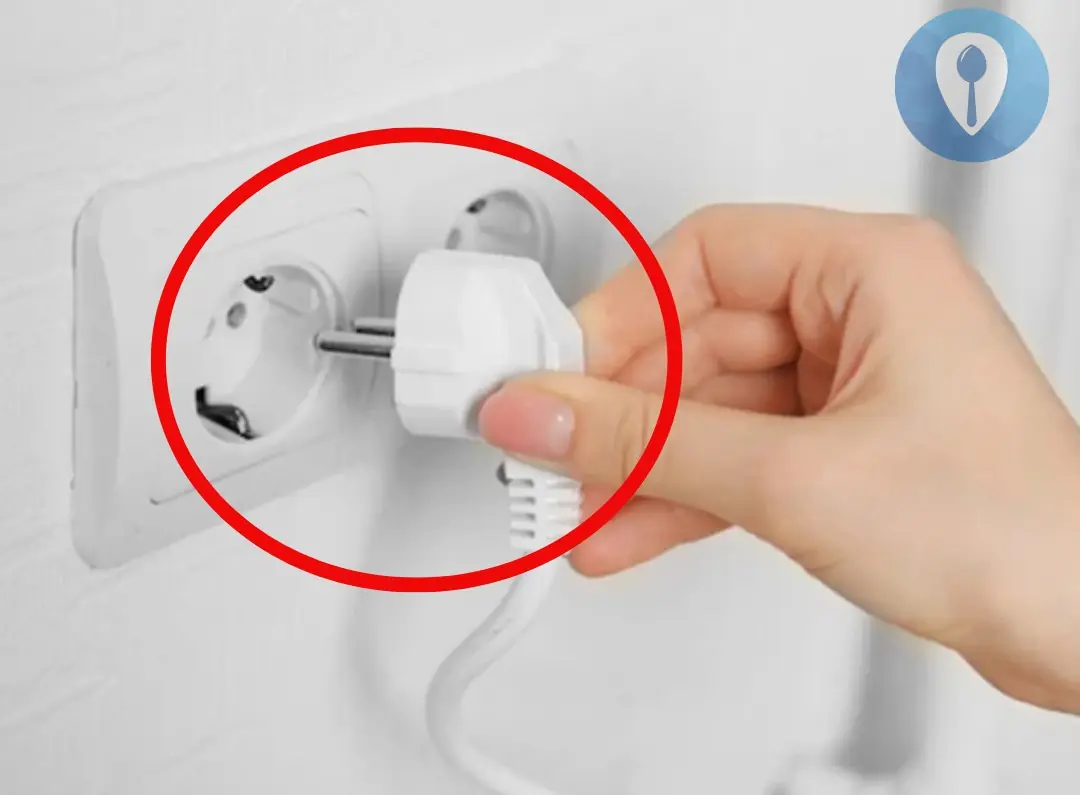
Everyone in the house thinks that air conditioners are the most expensive thing in the house

Excessive Saliva Production in the Mouth: A Warning Sign of Health Issues You Shouldn’t Ignore

Age is taboo for snake plant

Diagnosed with Late-Stage Cancer After Visiting Ancestors' Grave During Qingming Festival, Man Silently “Thanks His Ancestors”
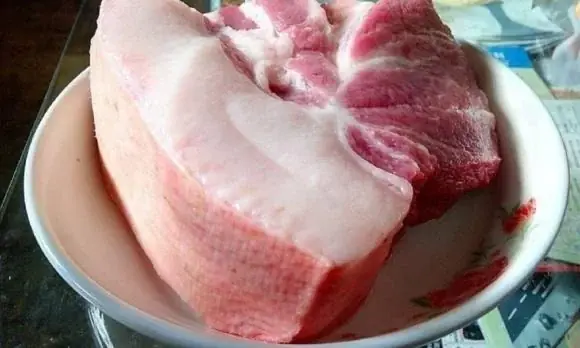
Warning: Eating 50g of This Type of Meat Daily May Increase Cancer Risk, Recurrence, and Faster Metastasis

5 Household Devices That Use More Electricity Than an Air Conditioner – Leaving Them Plugged In Can Skyrocket Your Energy Bill

It’s Not Steaming—This Is Actually the Best Way to Cook Vegetables, According to Research
